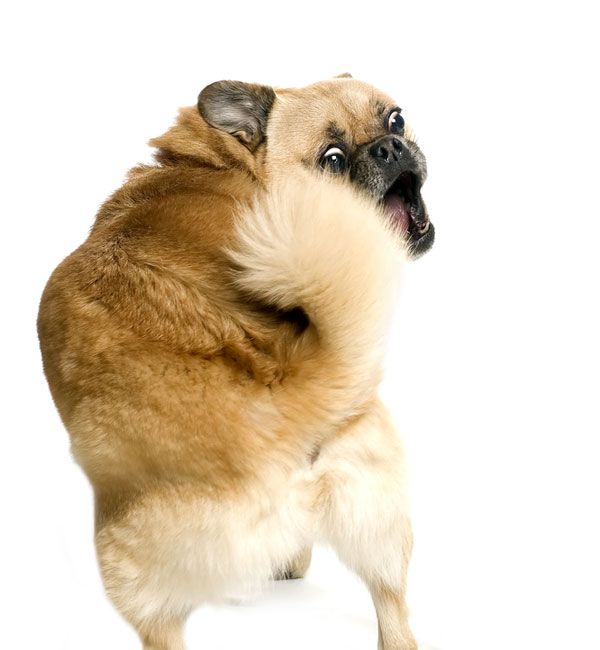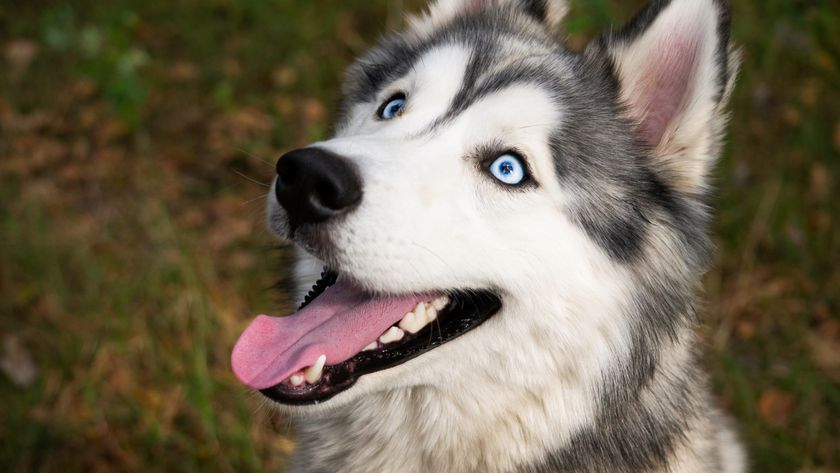Doggie Diagnosis: Tail Chasing Resembles Human Compulsive Behavior

A dog that runs in circles chasing its tail suffers from a condition that isn't so different from a person who washes his or her hands compulsively, indicates a new study.
For humans, this symptom is a sign of obsessive-compulsive disorder, which is defined by recurrent, persistent thoughts, such as excessive fears of germs, and repetitive, ritualized behaviors, such as checking and rechecking locks repeatedly.
It's much more difficult to determine what is going through a dog's head; however, man's best friends sometimes appear to behave compulsively, chasing their tails, snapping at invisible flies, pacing, and biting or licking their own flanks.
A team of Finnish researchers, led by Katriina Tiira of the University of Helsinki and The Folkhälsan Research Center, surveyed the owners of 368 dogs from four breeds and collected DNA (deoxyribonucleic acid, the code that makes up genes) from 181 dogs.
The team intended to describe the characteristics of tail chasing in dogs, identify possible environmental influences and to test whether or not a particular genetic region was linked to tail chasing among the dogs.
They found no link between the gene in question, CDH2, and tail chasing. This contradicts the results of previous research. However, tail chasing does appear to have genetic, as well as environmental, influences, the team writes.
They did, however, catalog a number of characteristics of tail-chasing dogs that resemble those of obsessive-compulsive humans. [Top 10 Controversial Psychiatric Disorders]
Sign up for the Live Science daily newsletter now
Get the world’s most fascinating discoveries delivered straight to your inbox.
For instance, both tend to begin their repetitive behaviors at a relatively young age, and both are at risk for developing more than one compulsive behavior.
The analysis showed that dogs that received nutritional supplements, particularly vitamins and minerals, chased their tails less than other dogs.
"Interestingly, there are indications that vitamins and minerals have beneficial effects also in human OCD treatment," write the researchers.
While childhood trauma and stress have been associated with the development of obsessive-compulsive disorder, the survey revealed that tail-chasing dogs were separated earlier from their mothers as pups than were mentally healthy dogs.
And while the tail-chasing dogs tended to be shier and less aggressive toward humans than other dogs, certain types of human obsessive-compulsive disorder are associated with more inhibited personality traits.
As a result, they conclude that by studying tail chasing in dogs researchers may be able to better understand obsessive-compulsive disorder among humans. The research was published online July 26 in the journal PLoS ONE.
Follow LiveScience on Twitter at @livescience. We're also on Facebook & Google+.












